Machine embroidery is a form of art. To achieve maximum effectiveness, the key lies in finding a balance between moving fabric quickly and pressing your foot on the pedal slowly enough.
To achieve machine satin stitching, lower your feed dogs on your sewing machine and switch out its regular foot with a darning foot (as per photo). This process is usually accomplished via switch or digital screen.
Needle
Free motion embroidery machines allow you to draw with thread like drawing with pen. Instead of drawing on paper, fabric serves as your canvas and the needle is your pen; thus embroidering becomes like painting but with thread instead of paint. Practice will surely pay off! It is an immensely satisfying art form. Find out the best embroidery machine for beginners.
To use your sewing machine for free-motion stitching, it is necessary to lower the feed dogs and install an embroidery or darning foot (available at most sewing stores). Follow your machine manufacturer’s instructions for removing and lowering feed dogs in order to free-motion stitch successfully.
Once you begin embroidering, friends and family will soon ask if you can embroider their items too – this can become an excellent side hustle that generates steady streams of income! But before taking on such a commitment it is crucial that the proper machine be chosen; only then can stitching felt be enjoyable and effortless!
Thread
Thread selection is of utmost importance in machine embroidery and thread painting. While you can use almost any thread for free-motion embroidery, investing in higher quality thread will produce stunning results.
Embroidery thread comes in many colors and gauges ranging from heavy gauge to finer thread. Matt cotton thread works great when shading colours together while variegated or metallic thread can add exciting highlights.
Monofilament thread can be useful in creating secure layers for layering stitching or embellishments to be added later, as it produces less lint than its monofilament counterpart and can even be used to stitch in pattern; however, its higher level of lint production could harm your sewing machine needle and compromise its needle. When selecting this type of thread to use when embroidering on fabric samples first and verify whether or not its colors blend in well with what fabric you want to embroider on; ensure it provides smooth contour stitching! High quality thread will produce less lint and provide smooth contour stitches when embroidering on fabric samples compared with its monofilament counterpart;
Hoop
Free-motion embroidery is similar to painting with your sewing machine: your needle becomes the brush, while fabric serves as the canvas. Once your feed dog has been disengaged, free-motion embroidery allows the artist (you!) to control how thick or long their stitches are by moving fabric in different directions.
Start by stabilising a light or medium weight fabric. There are a variety of stabilizers available ranging from filmy tear-away/cut-away stabilisers to washable and soluble stabilisers that you can choose from.
Attach a feed cover plate, drop or raise the feed system according to the instructions in your operator’s manual, thread the machine with top thread of your choice and bobbin of similar color or white and thread the machine according to these steps. If you feel intimidated by using a hoop, try stabilising your quilt sandwich without it for awhile before transitioning back gradually using one again; this will give you time to become familiar with techniques. Practice stitching straight lines, curves or circles onto fabric in order to become acquainted with both movement of machine as well as effects of stitching over time.
Machine
Free machine embroidery machines give artists control of the movement of fabric as it is stitched, much like sewing with thread and pen and paper – painting with thread! Unlike computerized embroidery, there is no predetermined pattern stitched by the machine; rather it is up to you as an artist (that would be you!) to decide between straight or zigzag stitches to craft your design.
Before beginning free machine embroidery, an artist should mark their desired design onto fabric using iron-on transfers, transfer pencils, dressmaking carbon or water-soluble markers. Marking fabric will assist with needle guidance during embroidery.
Many embroiderers prefer working with a hoop, though this isn’t necessary. When embroidering on felt however, having something tight enough against the fabric to prevent puckering could be helpful; additionally lowering feed dogs will allow more freedom when moving your fabric in different directions.
